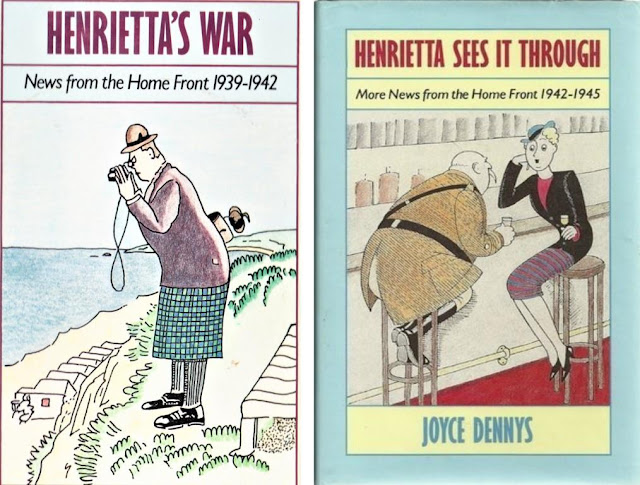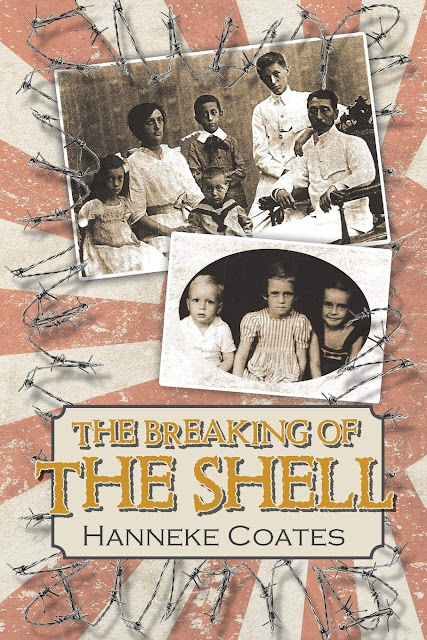Joyce Dennys’ debts

As part of my research into life during WW2 in Budleigh Salterton I’ve been dipping into the ‘Henrietta’ series of books. They originally appeared in the form of letters published in the wartime Sketch magazine, and were intended to be read as letters from a local GP’s wife to her childhood friend Robert serving overseas. 'Henrietta’s War' and ' Henrietta Sees It Through' by Joyce Dennys, were published in book form in the mid-1980s. Some people find her brand of humour too arch for words, but I enjoyed the author’s humorous description of conditions in a Devon coastal village in wartime, especially as it’s clearly Budleigh Salterton – or Salterton – as the place might have been better known in those days. Dipping into other writings by Joyce Dennys I came across her autobiographical 'And Then There was One', published in 1983. A World War One VAD


